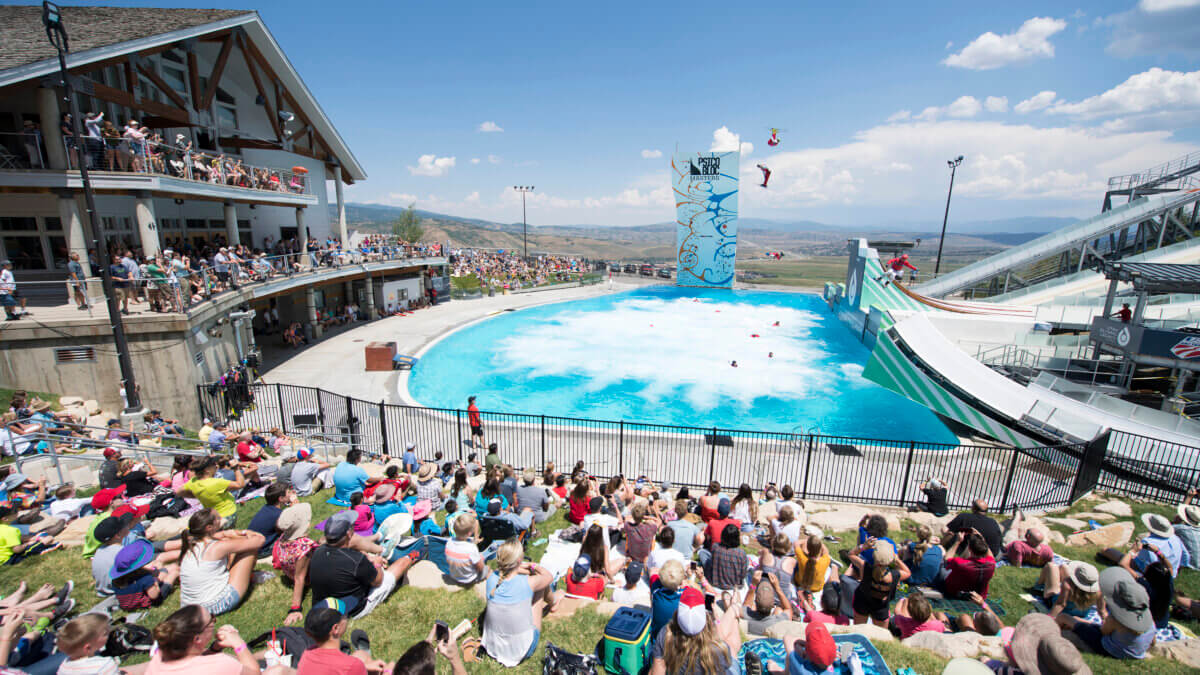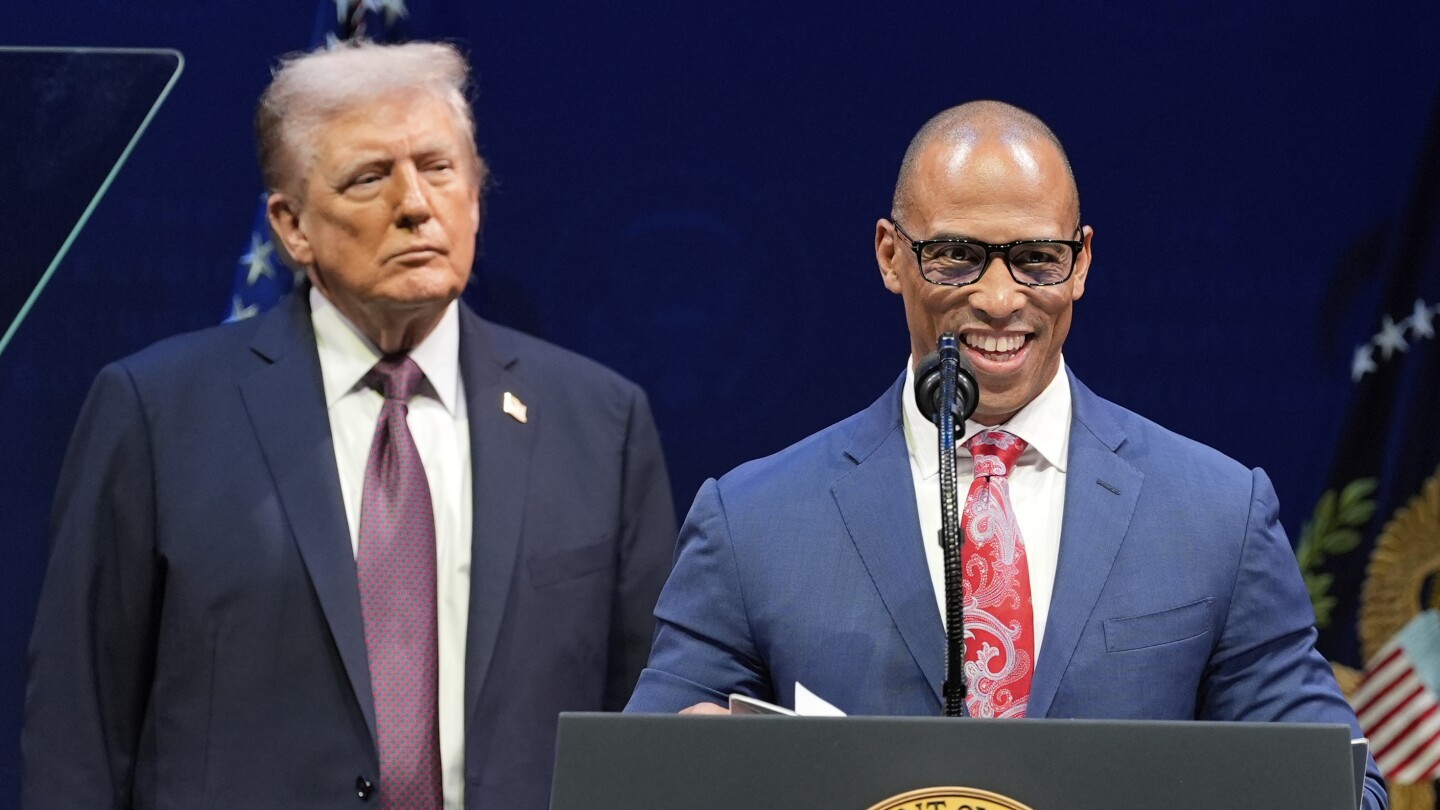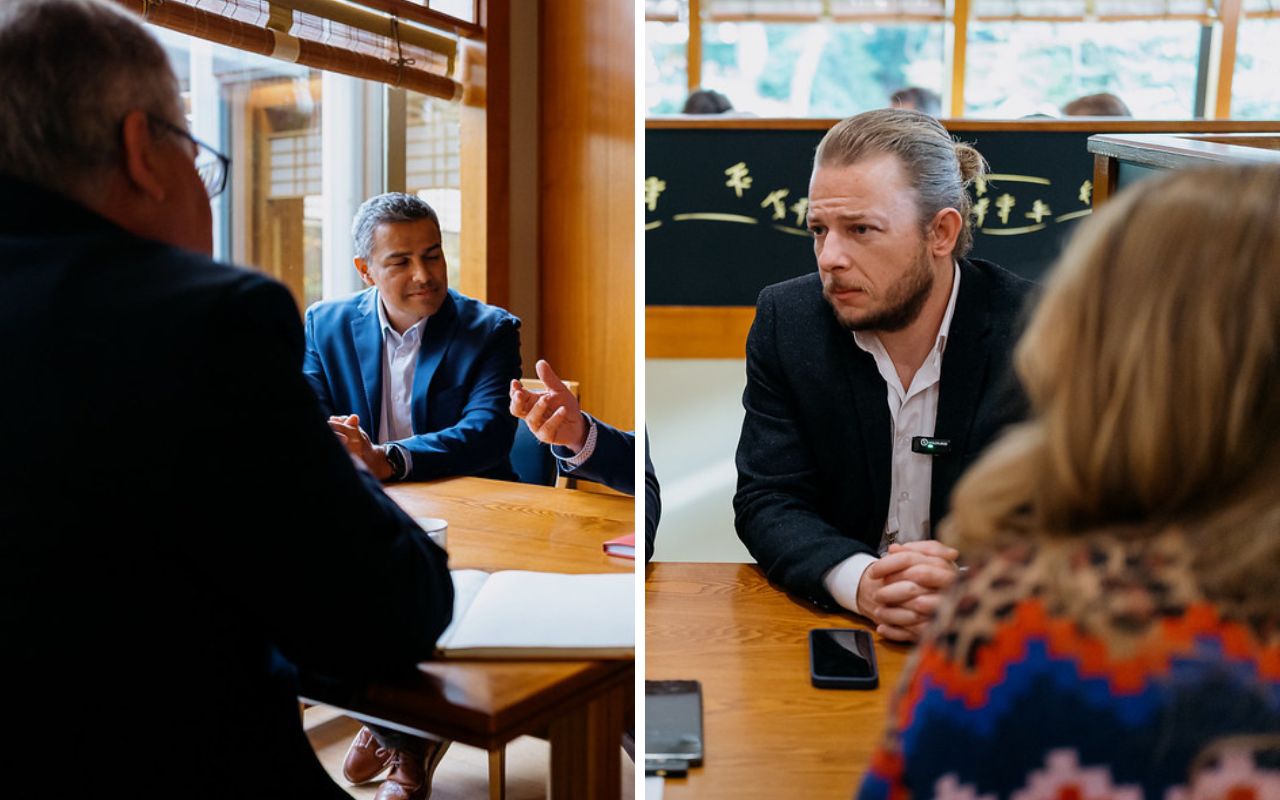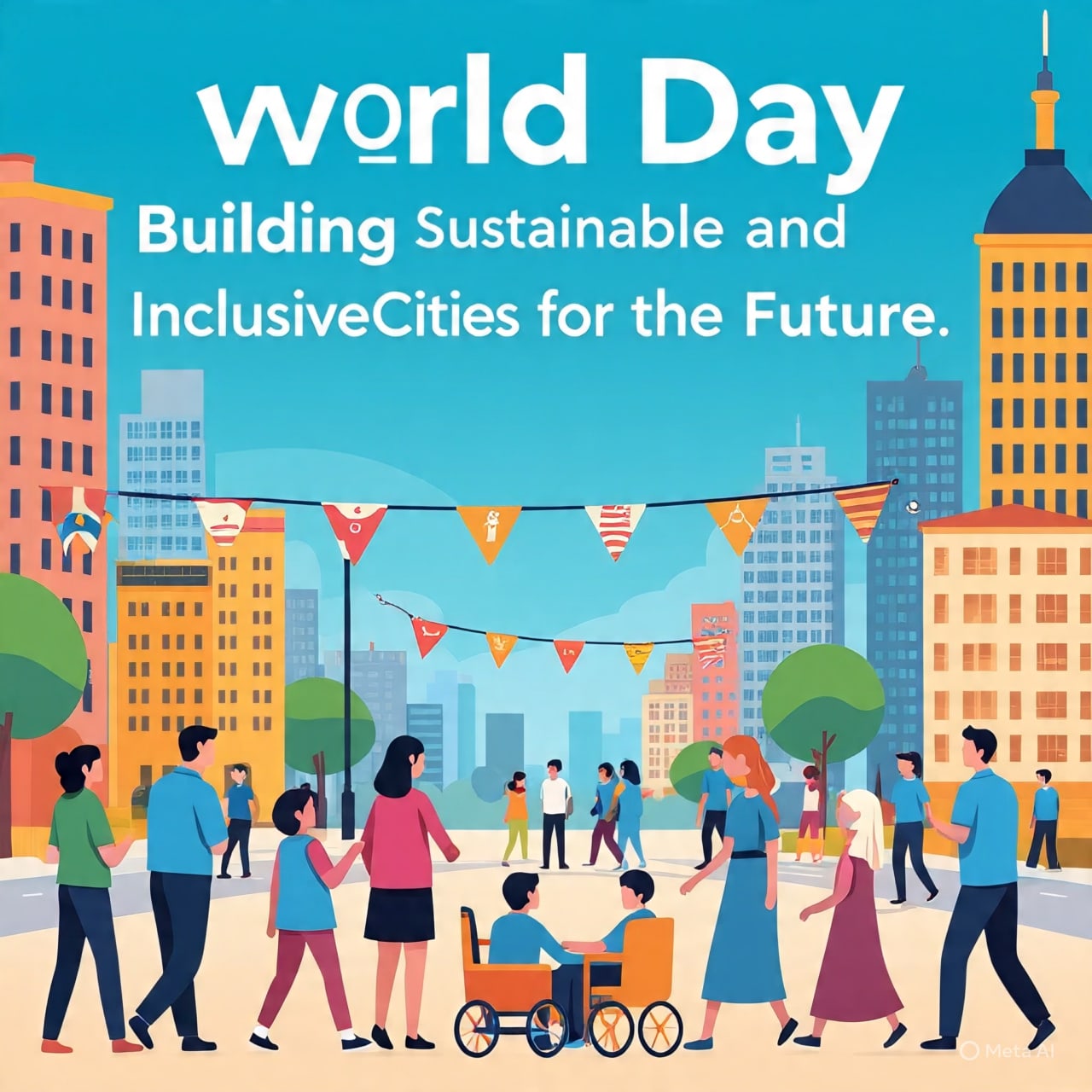Report on the Proposed Development at Utah Olympic Park and its Alignment with Sustainable Development Goals
1.0 Executive Summary
The Utah Olympic Park (UOP) has submitted a series of amendments to its Specially Planned Area (SPA) agreement for review by the Snyderville Basin Planning Commission. This proposal seeks to ensure the long-term financial viability of the Olympic legacy venue, particularly in the lead-up to the 2034 Winter Olympics. The amendments address critical aspects of sustainable development, including economic growth (SDG 8), sustainable communities and infrastructure (SDG 11), and institutional governance (SDG 16). The review process has highlighted tensions between the park’s financial necessities and community concerns regarding housing, traffic, and environmental impact.
2.0 Economic Sustainability and Decent Work (SDG 8)
The core objective of the proposed amendments is to establish a sustainable economic model for the UOP, preventing it from becoming a defunct “white elephant” venue. This directly supports SDG 8 (Decent Work and Economic Growth) by aiming to preserve a significant contributor to the local tourism and sports economy.
- Financial Imperative: The Utah Olympic Legacy Foundation’s endowment has diminished from $76 million to $42 million. CEO Colin Hilton has identified a $40 million “red line,” below which the nonprofit’s operations would be severely compromised.
- Revenue Generation Strategy: The plan includes new construction, such as a hotel and commercial spaces, designed to generate consistent revenue to subsidize the park’s core mission until Olympic funding becomes available in 2035.
- State-Level Partnership for Growth: A key request is the designation of UOP as a “Major Sporting Event Venue.” This status, enabled by Utah Senate Bill 333, would unlock tax increment financing (TIF), allowing the park to reinvest up to 75% of on-site tax revenue. This mechanism is presented as a tool for self-sustaining economic viability without levying new taxes.
3.0 Sustainable Cities and Communities (SDG 11)
The development proposal and subsequent public discourse have heavily focused on elements central to SDG 11 (Sustainable Cities and Communities), particularly affordable housing, urban planning, and the protection of natural heritage.
3.1 Inclusive and Affordable Housing
The project’s approach to workforce and athlete housing is a significant point of discussion, aligning with SDG 11.1’s target for adequate and affordable housing.
- Existing Contribution: The UOP has already constructed a 72-unit workforce and athlete housing building, a tangible contribution to local housing needs.
- Challenges with Current Metrics: Commissioners noted that under the county’s current code, which uses outdated federal formulas, only 21 of the 72 units officially count toward the park’s affordable housing requirement.
- Proposed Modernization: The UOP has requested an update to the calculation method, suggesting a system of fractional credits based on the number of bedrooms per unit to more accurately reflect its contribution to community housing goals.
3.2 Sustainable Urban Planning and Infrastructure
Concerns over the scale of development, building density, and traffic impact are being weighed against the need for sustainable urban planning.
- Development Scale: A central point of contention is the definition of “maximum gross building area.” The UOP maintains its proposal for 695,000 square feet is a reduction of existing rights, while Summit County staff interpret it as an expansion. This ambiguity complicates planning and assessment.
- Transportation Impact: A traffic study estimates a 1% increase in daily vehicle trips compared to 2011 projections. However, commissioners and residents questioned if this adequately reflects current congestion, highlighting the need for robust planning for sustainable transport systems (SDG 11.2).
3.3 Protection of Natural and Cultural Heritage
Public feedback has emphasized the importance of protecting the area’s natural environment, a key component of SDG 11.4.
- Environmental Concerns: Residents raised objections to the proposed construction of 10 single-family homes on a hillside described as “prime moose habitat” and an established recreation area.
- Visual and Environmental Impact: Community members advocated for relocating proposed housing density to the base area to minimize visual and environmental disruption on the upper elevations of the park.
4.0 Governance, Transparency, and Public Participation (SDG 16)
The review process has brought issues of governance, institutional transparency, and public inclusion to the forefront, reflecting the principles of SDG 16 (Peace, Justice and Strong Institutions).
4.1 Institutional Accountability and Transparency
Residents have questioned the transparency of the amendment process and its long-term implications for county oversight.
- Public Notification: Concerns were raised about a limited public notification process, which reportedly only reached two residents directly.
- Oversight and Precedent: Public testimony warned against reclassifying certain park uses to low-impact permits, which could reduce county oversight. The redefinition of square footage calculations was also cited as a potentially dangerous legal precedent.
- Financial Transparency: The public questioned whether the “Major Sporting Event Venue” designation could potentially shift the burden of operating losses to taxpayers in the future.
5.0 Conclusion and Next Steps
The Snyderville Basin Planning Commission has not yet made a recommendation, citing a “significant number of unknowns.” The final decision rests with the Summit County Council. An open house is planned to facilitate further public dialogue, providing a critical opportunity to align the UOP’s development with the holistic principles of the Sustainable Development Goals, ensuring a legacy that is not only economically viable but also socially inclusive and environmentally responsible.
Analysis of Sustainable Development Goals in the Article
1. Which SDGs are addressed or connected to the issues highlighted in the article?
-
SDG 8: Decent Work and Economic Growth
- The article discusses the financial sustainability of the Utah Olympic Park (UOP), a major economic driver for the region through tourism and sports. The proposed developments, including a new hotel and commercial additions, are aimed at generating “steady revenue” to sustain the park’s operations and jobs, directly linking to economic growth. The goal is to keep the park “financially afloat” and “viable and self-sustaining,” which supports local employment and economic activity related to the upcoming 2034 Winter Olympics.
-
SDG 9: Industry, Innovation and Infrastructure
- The UOP is a significant piece of sporting infrastructure. The article focuses on the need to update and expand this infrastructure to ensure its long-term viability and avoid it becoming a “white elephant.” The discussion revolves around a “sweeping development plan” to overhaul the park’s agreement, add new buildings, and secure its future, which aligns with developing sustainable and resilient infrastructure.
-
SDG 11: Sustainable Cities and Communities
- This goal is central to the article. It is addressed through the extensive discussion on providing “workforce and athlete housing,” the debate over affordable housing calculations, and concerns about the development’s impact on local traffic and congestion. The entire process of the Snyderville Basin Planning Commission reviewing the development plan relates to sustainable urban planning and community development.
-
SDG 15: Life on Land
- Environmental concerns are raised by a resident who points out that the proposed site for 10 single-family homes is on a hillside considered “prime moose habitat.” This directly connects to the goal of protecting terrestrial ecosystems and halting biodiversity loss.
-
SDG 16: Peace, Justice and Strong Institutions
- The article highlights the role of local government (Snyderville Basin Planning Commission, Summit County Council) in decision-making. Furthermore, the “Public pushback” section details residents’ concerns about the “transparency of the proposed development agreement,” the “limited public notification process,” and the need for county oversight. This reflects the importance of inclusive, participatory, and transparent governance.
2. What specific targets under those SDGs can be identified based on the article’s content?
-
Under SDG 8 (Decent Work and Economic Growth):
- Target 8.9: “By 2030, devise and implement policies to promote sustainable tourism that creates jobs and promotes local culture and products.” The entire proposal to make the UOP financially self-sustaining through new development is a policy implementation aimed at promoting sustainable tourism, which is crucial for the local economy, especially in preparation for the 2034 Olympics.
-
Under SDG 9 (Industry, Innovation and Infrastructure):
- Target 9.1: “Develop quality, reliable, sustainable and resilient infrastructure…to support economic development and human well-being.” The effort to secure funding and approve development plans to prevent the UOP from failing financially is a direct attempt to maintain a key piece of regional sporting and economic infrastructure.
-
Under SDG 11 (Sustainable Cities and Communities):
- Target 11.1: “By 2030, ensure access for all to adequate, safe and affordable housing and basic services.” The article’s focus on the 72-unit workforce housing building, the plan for a second building, and the debate over how to calculate affordable housing credits directly address this target.
- Target 11.3: “By 2030, enhance inclusive and sustainable urbanization and capacity for participatory, integrated and sustainable human settlement planning and management in all countries.” The planning commission’s review process, the public hearing, and residents’ input on the development’s scope and impact are practical examples of this target in action.
- Target 11.2: “By 2030, provide access to safe, affordable, accessible and sustainable transport systems for all.” This is relevant due to the commissioning of a new traffic study to assess the development’s impact on local travel patterns and congestion around Kimball Junction.
-
Under SDG 15 (Life on Land):
- Target 15.5: “Take urgent and significant action to reduce the degradation of natural habitats, halt the loss of biodiversity and… protect and prevent the extinction of threatened species.” The concern raised by a resident about building homes in “prime moose habitat” directly relates to this target by calling for the protection of a specific natural habitat.
-
Under SDG 16 (Peace, Justice and Strong Institutions):
- Target 16.7: “Ensure responsive, inclusive, participatory and representative decision-making at all levels.” The article describes a public meeting where residents voiced concerns about transparency, public notification, and the substance of the development plan. The planned “open house” is another mechanism to ensure participatory decision-making.
3. Are there any indicators mentioned or implied in the article that can be used to measure progress towards the identified targets?
-
For Target 8.9 & 9.1 (Sustainable Tourism & Infrastructure):
- Financial Health of the Legacy Fund: The article provides a clear financial indicator: the fund has dropped from “$76 million” to “$42 million,” with a “red line” at “$40 million.” Progress would be measured by the stabilization and growth of this fund.
- Revenue Generation: The goal to “generate steady revenue” from the new hotel and commercial additions is an implied indicator of the park’s economic sustainability.
-
For Target 11.1 (Affordable Housing):
- Number of Housing Units: The article mentions a “72-unit workforce and athlete housing building” already opened and plans for a “second building.” The number of units built is a direct indicator.
- Housing Waitlist: The mention of “50 people waiting for another one [building]” is an indicator of the demand for affordable housing.
- Affordable Housing Calculation Method: The proposal to change the formula to assign “fractional credits based on the number of bedrooms” is a specific policy indicator for how housing contributions are measured.
-
For Target 11.2 (Sustainable Transport):
- Vehicle Trip Projections: The traffic study by Fehr & Peers provides a quantitative indicator, estimating the plan would “increase daily vehicle trips by about 1% compared to 2011 projections.”
-
For Target 15.5 (Life on Land):
- Habitat Identification: The identification of the proposed building site as “prime moose habitat” serves as a qualitative indicator. Progress would be measured by whether the development plan is altered to protect this specific area.
-
For Target 16.7 (Inclusive Decision-Making):
- Public Participation Mechanisms: The article mentions the “Snyderville Basin Planning Commission” meeting and a planned “open house” as indicators of public consultation.
- Public Notification Records: The resident’s criticism that “only two residents received notice of the meeting” is an indicator used to measure the effectiveness and inclusivity of the public notification process.
4. Table of SDGs, Targets, and Indicators
| SDGs | Targets | Indicators |
|---|---|---|
| SDG 8: Decent Work and Economic Growth | 8.9: Promote sustainable tourism that creates jobs. |
|
| SDG 9: Industry, Innovation and Infrastructure | 9.1: Develop quality, reliable, sustainable and resilient infrastructure. |
|
| SDG 11: Sustainable Cities and Communities |
11.1: Ensure access to adequate and affordable housing. 11.2: Provide access to sustainable transport systems. 11.3: Enhance inclusive and sustainable urbanization and planning. |
|
| SDG 15: Life on Land | 15.5: Reduce the degradation of natural habitats and halt biodiversity loss. |
|
| SDG 16: Peace, Justice and Strong Institutions | 16.7: Ensure responsive, inclusive, and participatory decision-making. |
|
Source: townlift.com






